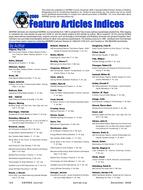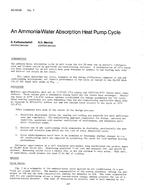An accurate building energy forecasting model is the key for real-time control of advanced building energy system and building-to-grid integration. Feature selection, the process of selecting a subset of relevant features, is an essential procedure in data-driven modeling due to its ability to reduce model complexity, increase model interpretability, and enhance model generalization. In building energy modeling research, features are often selected purely based on domain knowledge. There lacks a comprehensive methodology to guide the feature selection process when developing building energy forecasting models.
In this research, a systematic feature selection procedure for developing building energy forecasting models is proposed in consideration of statistical data analysis, building physics and engineering practices. The procedure includes three main steps: (Step 1) rule-based feature pre-selection process based on domain knowledge. (Step 2) feature removal process through filter methods to remove irrelevant and redundant variables. And (Step 3) Using wrapper method to obtain the best combinations of features.
A case study is presented here using simulated building energy data that are generated from a medium sized commercial building (a DOE reference building). In this study, the energy forecasting model generated by using the proposed systematic feature selection process is compared with other models such as a model that uses conventional inputs, and a model with single feature selection technique. The comparison result shows that, in terms of cross validation error, the model with systematic feature selection process shows much better model performance than other models including that with conventional inputs and that uses only single feature selection technique.
Citation: 2017 Annual Conference, Long Beach, CA, Conference Papers
Product Details
- Published:
- 2017
- Number of Pages:
- 8
- Units of Measure:
- Dual
- File Size:
- 1 file , 1.2 MB
- Product Code(s):
- D-LB-17-C035


